Diabetes causes many dangerous complications for patients, of which diabetic retinopathy is the leading cause of blindness. According to statistics from the World Health Organization (WHO), from 20% to 40% of people with diabetes have retinal damage at different levels.
In Vietnam, this figure ranges from 20% - 35% and in this ratio, up to 90% of the lesions progress after 10-15 years, regardless of whether the diabetes is insulin-dependent or not and tends to increase rapidly. The disease is most common in the group from 20 to 65 years old, which is the main working age and when vision loss will have major consequences for family and society.
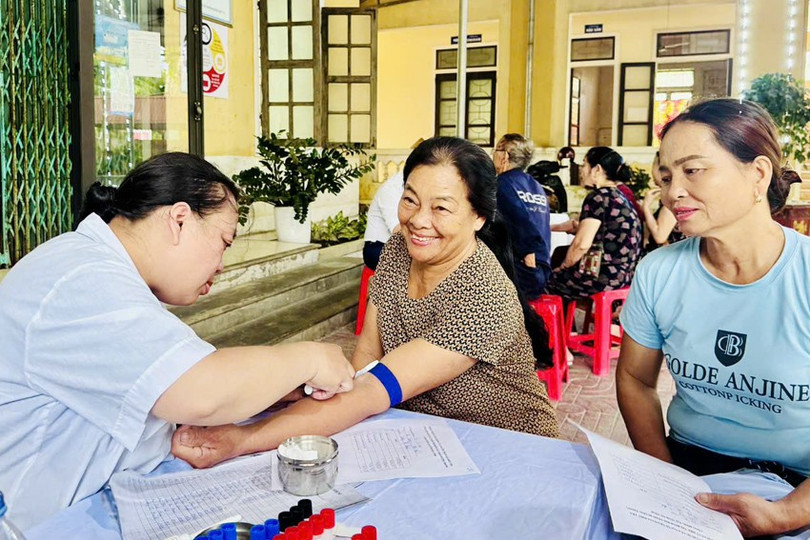
Mr. PVC (60 years old, Gia Hanh commune) has had diabetes for more than 10 years but only went for an eye exam when his vision was seriously impaired. The results showed that his retina was severely damaged and needed laser treatment. He shared: “If I had gone for an exam earlier, my eyes would not have been so weak. Now I have to undergo long-term, expensive treatment, but the results are limited and greatly affect my daily life.”
Mr. C's story is not unique. Many patients only go to the hospital when the damage is in the late stages - when treatment can only preserve the remaining vision, but cannot fully restore it. Studies show that the longer the duration of diabetes, the higher the risk of retinal damage, especially in patients with poor blood sugar control, smoking, lack of exercise or high blood pressure, dyslipidemia. What is worrying is that the early stages of the disease often have no obvious symptoms. When the patient begins to see blurred vision, distortion or black spots before the eyes, the damage is severe, even irreversible.
Dr. Le Cong Duc - Director of Ha Tinh Eye Hospital said: "Diabetic retinopathy can progress silently for many years. Patients should not wait until their vision is blurred to go for a check-up. Regular eye examination at least once a year is mandatory for all diabetic patients."
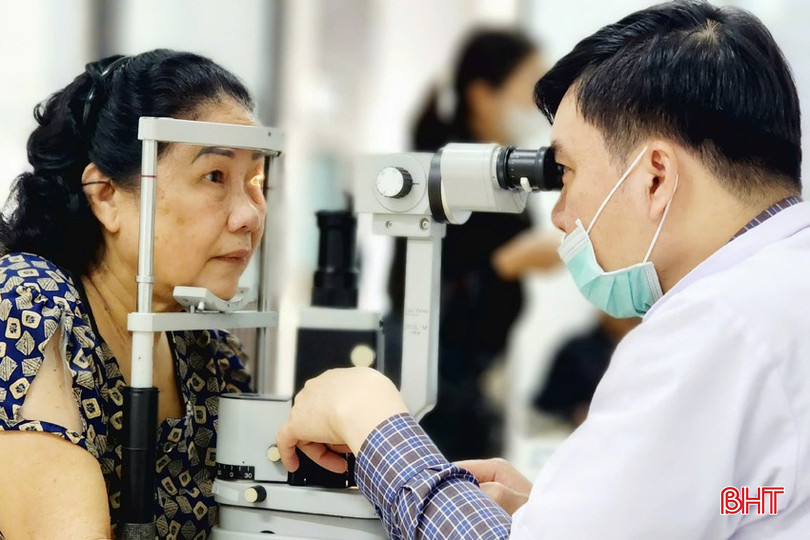
Recently, under the direction of the Department of Health, the Eye Hospital and health centers, commune health stations have coordinated to implement diabetes screening programs, eye examinations in the community, to detect high-risk cases early. Up to now, the whole province has detected 26,623 people with diabetes, 65.5% of communes have implemented diabetes management and treatment at health stations. Mobile screening sessions in the community show that the rate of detecting retinopathy in people with diabetes who have never had an eye examination before is very high. This proves that screening is the most effective way to save the patient's vision.
Ha Tinh Eye Hospital is currently managing nearly 200 patients with diabetic retinopathy. Patients come to the hospital every month for examination and intraocular injection. Since the beginning of the year, Ha Tinh Eye Hospital has performed intraocular injections for nearly 700 patients with retinal diseases, of which a large proportion is diabetic retinopathy. Maintaining regular eye examination and treatment helps patients maintain their vision and ensure their daily activities.
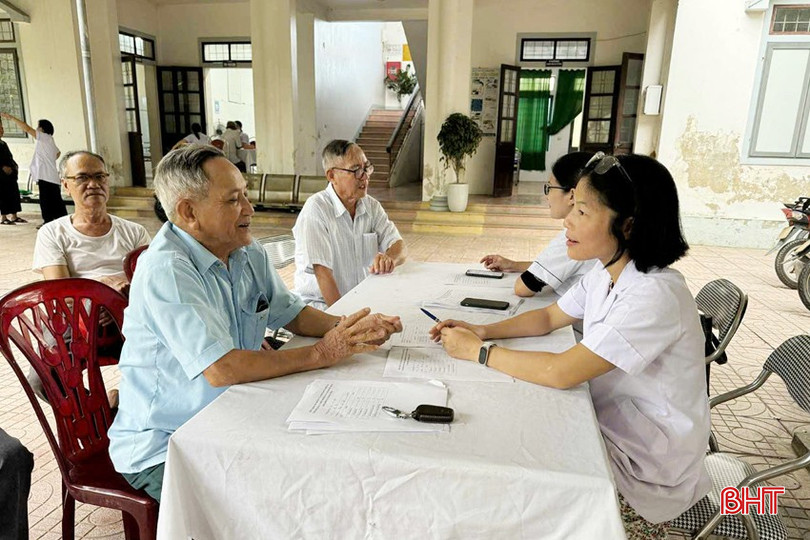
Although the health sector has increased communication and organized many screening sessions in the community, early detection and treatment of diabetic retinopathy still faces many difficulties. One of the most important reasons is that people's awareness of the importance of regular eye examinations is still limited . Many people only go for examination when their vision has significantly decreased, leading to late detection, expensive treatment and low efficiency. In addition, the physical conditions and specialized eye staff at the grassroots level are still lacking . This causes patients in remote areas to have to travel far to get specialized examinations, reducing the ability to screen periodically. In addition, the cost of treatment and long-term monitoring is also a significant barrier . Although some techniques such as laser or intraocular injection are partially covered by health insurance, many patients are still afraid because they have to undergo multiple treatments, spend time and travel costs.
To overcome the above barriers, it is necessary to strengthen communication and training, improve the capacity of primary care doctors. At the same time, promote the mobile screening model and link specialties in the management of diabetic patients. When patients understand correctly and have early access, blindness can be completely prevented. Each diabetic patient can prevent blindness by simple things such as: regular eye examination every 6-12 months; good control of blood sugar, blood pressure, blood lipids, stopping smoking, limiting alcohol, maintaining physical activity and early treatment of associated diseases.
Source: https://baohatinh.vn/vong-mac-dai-thao-duong-la-nguyen-nhan-gay-mu-loa-hang-dau-post298457.html



![[Photo] General Secretary To Lam attends the Vietnam-UK High-Level Economic Conference](https://vphoto.vietnam.vn/thumb/1200x675/vietnam/resource/IMAGE/2025/10/30/1761825773922_anh-1-3371-jpg.webp)
![[Photo] The Third Patriotic Emulation Congress of the Central Internal Affairs Commission](https://vphoto.vietnam.vn/thumb/1200x675/vietnam/resource/IMAGE/2025/10/30/1761831176178_dh-thi-dua-yeu-nuoc-5076-2710-jpg.webp)


![[Photo] Prime Minister Pham Minh Chinh attends the 5th National Press Awards Ceremony on preventing and combating corruption, waste and negativity](https://vphoto.vietnam.vn/thumb/1200x675/vietnam/resource/IMAGE/2025/10/31/1761881588160_dsc-8359-jpg.webp)
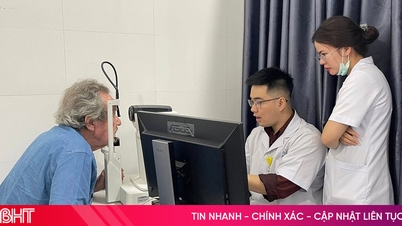












































































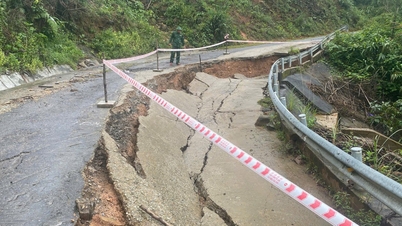
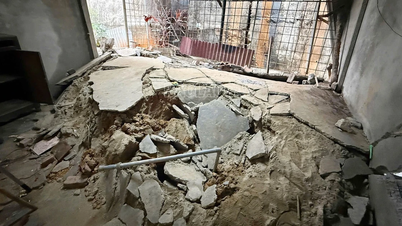




















Comment (0)